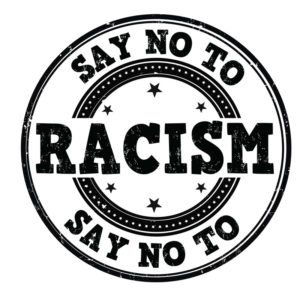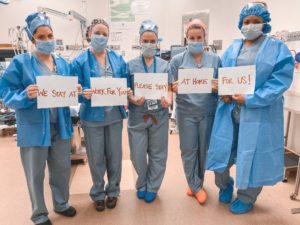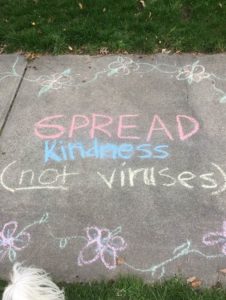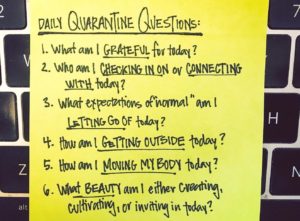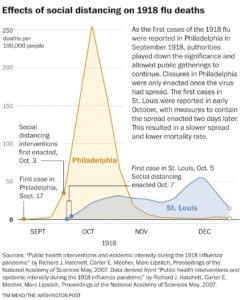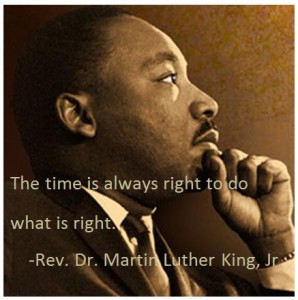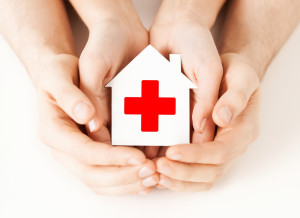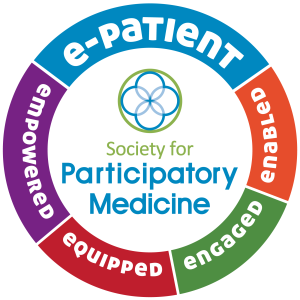My mother was just a little girl when women in this country won the right to vote in 1920. Her mother raised her to be a strong and independent woman. And in turn she raised my sister, two brothers, and me to not only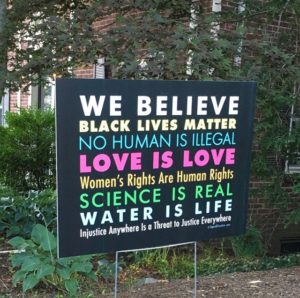 be strong and independent but also to be kind and caring. We learned early on about social justice and equality. My sister and I came of age during the women’s movement in the late 1960s and early 1970s. We each have two daughters. Along with our husbands, we raised them to be strong, independent, kind, and caring women.
be strong and independent but also to be kind and caring. We learned early on about social justice and equality. My sister and I came of age during the women’s movement in the late 1960s and early 1970s. We each have two daughters. Along with our husbands, we raised them to be strong, independent, kind, and caring women.
This week marks the centennial anniversary of women having the right to vote. The passage of the 19th amendment guaranteed and protected women’s constitutional right to vote. But this right did not come easy. The suffrage movement dates to the 1848 Seneca Falls Convention, the first women’s rights convention that passed a resolution in favor of women’s suffrage. A women’s right to vote came only after the suffragists organized for decades, marched in the streets, and were arrested. But they persisted and finally succeeded 70 years later.
This week also marks another historic first. Senator Kamala Harris is the first woman of color to be nominated for the second highest office in our country by a major political party.
White men are 31% of the U.S. population but hold 65% of elected offices. White men have long governed and made policy decisions affecting all of us. There continue to be record numbers of women running for office at local, state, and national levels. The face of government is changing. It is looking more like all of us and therefore more representative.
The right to vote is a fundamental right of a free society. Voter suppression is real and takes various forms. This is the time to be informed – know the rules and deadlines in your state. Make sure you are registered. Know your options for mail-in or in-person voting. Exercise your right. Live your values.
As I walk my neighborhood 3-4 miles a day, I see many yard signs for candidates in advance of a local primary in September. I expect to see yard signs for the November 3rd election soon. But the yard signs that have the greatest impact are the ones that express the values and beliefs of the people who live there – the ones that say:
We Believe: Black Lives Matter — No Human is Illegal — Love is Love — Women’s Rights are Human Rights — Science is Real — Water is Life — Kindness is Everything — Injustice Anywhere Is a Threat to Justice Everywhere
Vote on November 3rd or before if you can. Vote your values – for you and generations to come.
Resources:

